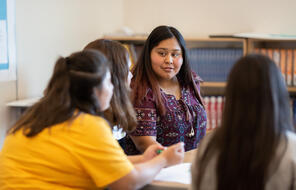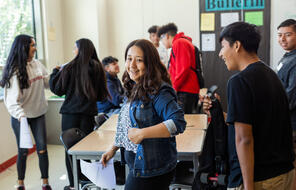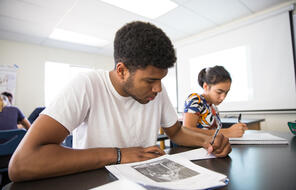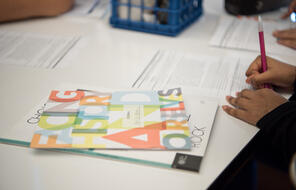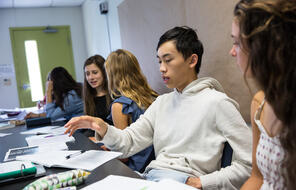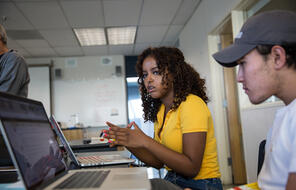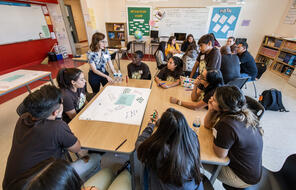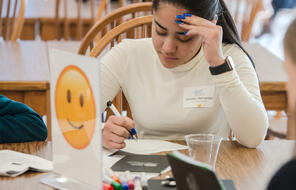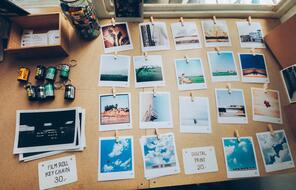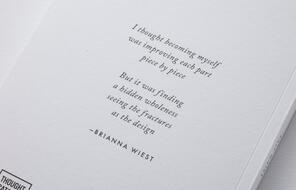Overview
What Is the See, Think, Wonder Strategy?
Use this simple critical-viewing strategy to guide students’ analysis of any visual media. By prompting students to slow down their thinking and simply observe before drawing conclusions and asking questions, you can help them engage more deeply with and analyze more thoughtfully the media they are viewing. For a more detailed critical-viewing approach, see the Analyzing Images teaching strategy. 1
- 1See, Think, Wonder is adapted from a thinking routine developed by educators at Harvard University’s Project Zero.
Lesson Plans
How to Use the See, Think, Wonder Strategy

Inspiration, insights, & ways to get involved
Subscribe to our email updates



